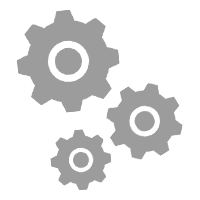Disclaimer: We respect your privacy and do not retain any generated PDF documents or policy amendments. Once you leave this page, all changes will be lost. We recommend that all policies are reviewed by the relevant SHEQ Manager or legal team before circulation. Remember to download and save your documents, as we can’t recover them. If you have any questions, please contact us.
Manual Handling and Lifting Techniques Toolbox Talk Template: Ensuring Workplace Safety and Compliance
The Manual Handling and Lifting Techniques Toolbox Talk Template available at The Health & Safety Zone is a vital resource for businesses aiming to uphold the highest standards of workplace safety in the UK. This expertly crafted document template provides a concise and informative guide, essential for conducting effective toolbox talks on manual handling and lifting techniques.
Key Features and Benefits of the Template
Enhancing Workplace Safety and Efficiency
Ease of Document Creation with Our Generator
Useful Resources and Links
A Toolbox talk on Manual Handling and Lifting Techniques is vital to educate employees about the risks associated with lifting heavy objects and to emphasize proper techniques to prevent musculoskeletal injuries and strains.
Common mistakes include bending at the waist, twisting while lifting, and attempting to lift objects that are too heavy. The talk should cover proper techniques, such as using your legs to lift, keeping the object close to the body, and avoiding sudden movements.
The talk should cover principles like assessing the load, planning the lift, ensuring a clear path, maintaining a stable base, and communicating with colleagues when lifting as a team.
Toolbox talks on this topic should be conducted regularly, especially when employees are engaged in tasks that involve manual handling and lifting. The frequency may vary based on the specific workplace conditions.
Employees should report any discomfort or pain to their supervisor or safety officer promptly. It’s important to seek medical attention if the discomfort persists, as it could be an early sign of a more serious injury.

PLEASE WAIT DO NOT CLOSE THIS PAGE
We are generating your PDF File
Thank You for using the Health & Safety Zone!